Leprosy is an increasingly rare chronic infection that dates to ancient times. Surprisingly, most movies portray the condition sympathetically.
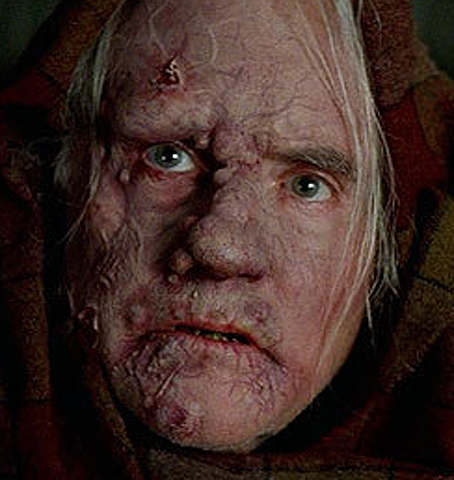
It's a common Hollywood trope that a skin problem is used to identify an evil character. Given this tendency, we should not be shocked by the portrayal of the leprous father of Robert the Bruce from the Mel Gibson film "Braveheart." The skin of this ruthless royal deteriorates as his deviousness develops. The skin becomes inflamed in response to the leprosy bacteria. This can result in an enlarged nose like that seen in acne rosacea (WC Fields). Although leprosy is rare in the modern world, the disease is still prevalent in developing nations. What is surprising is that this is only use of leprosy in a film to show evil. Most characters with this condition in movies are depicted sympathetically.
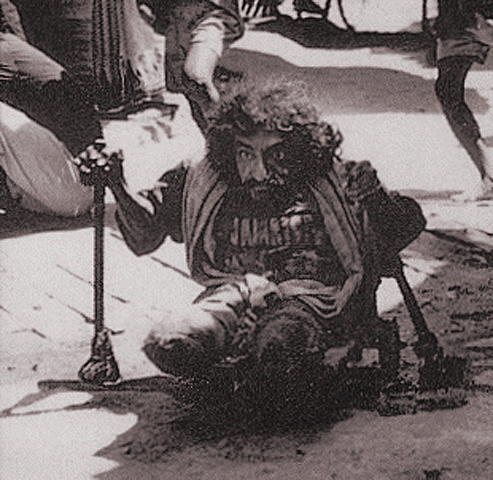
"City of Joy." Most others characters with leprosy in movies are shown sympathetically. Disabled actor Nabil Shaban portrays Anouar, the leader of a group of lepers in India. Leprosy is caused by a bacteria, Mycobacterium leprae. In leprosy, the immune reaction to the bacteria causes nerve inflammation and nerve loss, resulting in tissue destruction and sometimes loss of limbs. This film shows people with leprosy fighting against ostracization and achieve respect.
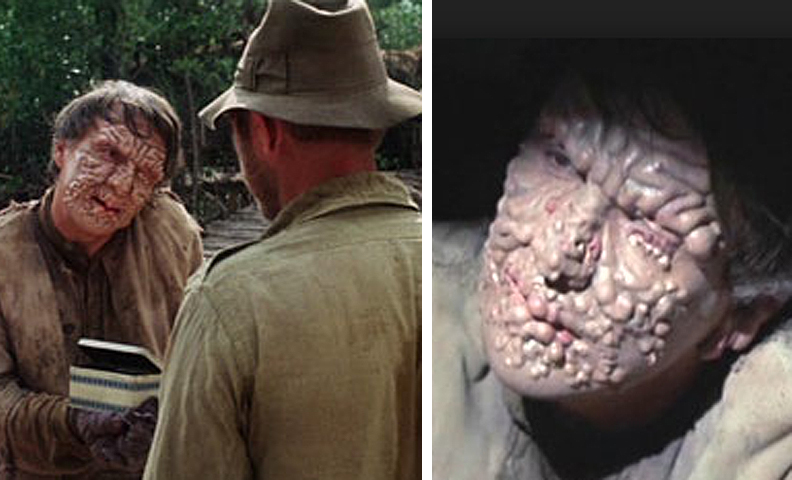
In "Papillon" (1973), Steve McQueen escapes a notorious French prison. On the lam in the jungle, he encounters a smuggler with a severe case of leprosy. Depending on the immune system's reaction to the bacteria, patients can experience anything from a few flat skin patches to extensive bumps (lepromatous form). Though his appearance initially shocks McQueen's character, this fellow ultimately proves to be his ally.
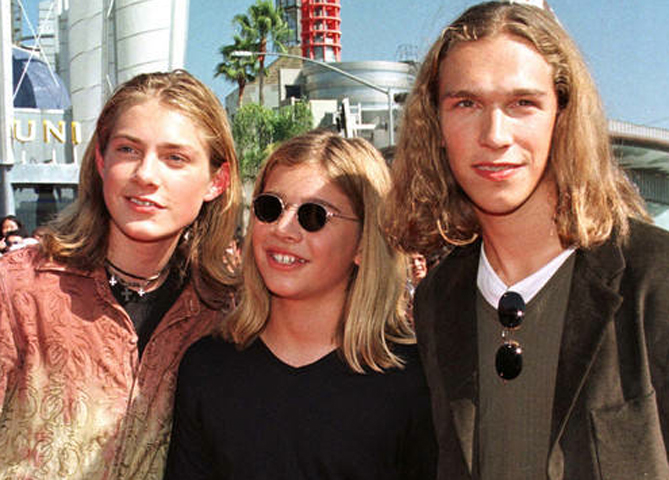
To avoid the centuries-old stigma against those with leprosy, some advocate changing the official name of the condition to "Hansen's disease." Former teen pop trio, "Hanson," were unavailable for comment.
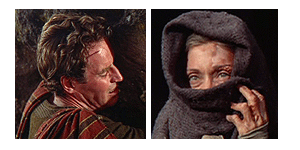
In a poignant scene in the Roman epic, "Ben Hur," Charleton Heston is pained to learn that his mother and sister have contracted leprosy while imprisoned. By an act of God at the movie's end, they are cured of this debilitating disease. In modern times, battling leprosy involves a series of lengthy antibiotic treatments. Even so, if a patient's immune system is not as strong a Roman chariot, treatment attempts may be thwarted. Ongoing research, with perhaps some Heavenly help, will hopefully eradicate this condition.
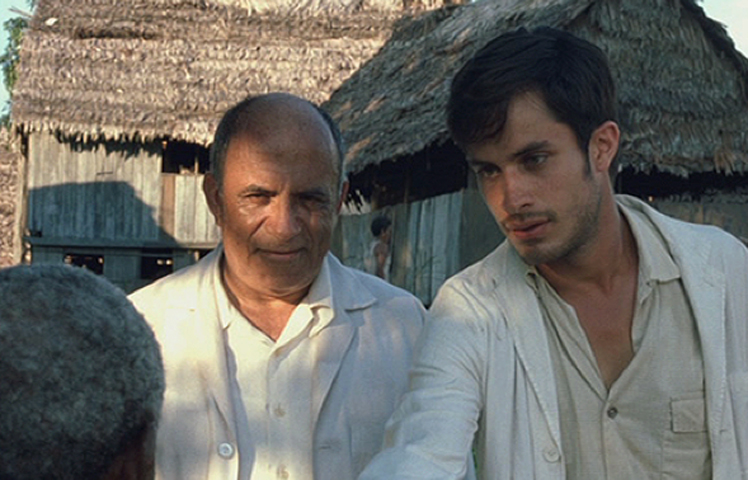
One cannot underestimate the healing power of human touch. "The Motorcycle Diaries" depicts Cuban revolutionary Che Guevara's early years traveling South America as a medical student. Actor Gael Garcia Bernal reveals Guevara's slow enlightenment about the plight of the common man. A derm moment occurs in a leper colony.
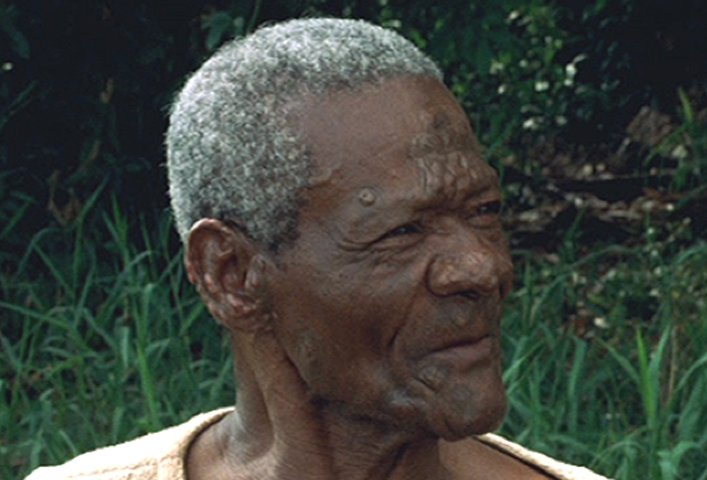
Bernal encounters this fellow. Makeup has been used to recreate the appearance of extensive lepromatous leprosy. The mycobacterium thrives in cooler tissue, so tends to aggregate in noses and ears.
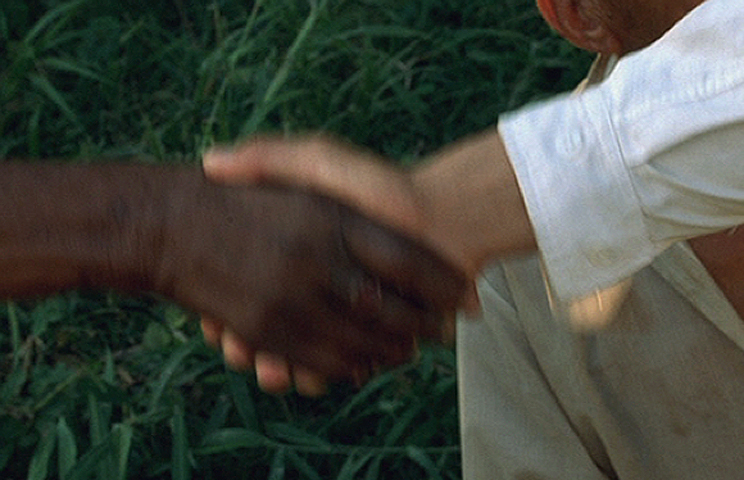
Che learns that leprosy, despite popular belief, is relatively non-contagious and is not usually transmitted by touch. So, unlike that colony's doctors and nurses, he decides to shake the patient's hand without a protective glove. For those with skin conditions, including eczema & psoriasis, physical contact with others can be missing in their lives. Reaching out reaffirms their humanity, recognizing and treating the individual, rather than the illness.




